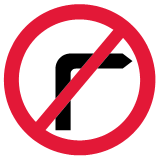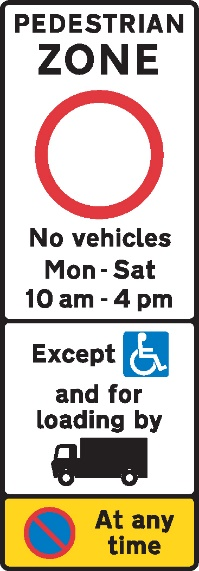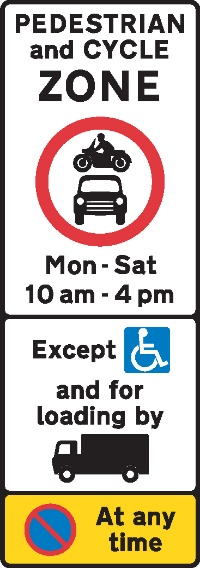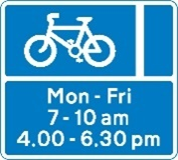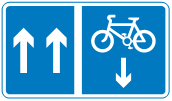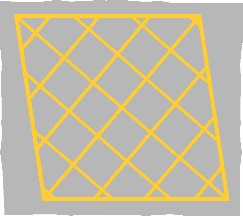The government has announced that local authorities outside of London and Wales can adopt moving traffic enforcement powers under Part 6 of the Traffic Management Act 2004, currently enforced by the Police.
We intend to apply for these powers, as they will allow us to enforce moving traffic offences such as banned turns, waiting in yellow box junctions and breaching of some weight restrictions using traffic enforcement cameras. By implementing a fair but robust approach to moving traffic enforcement, we aim to encourage compliance to make our roads safer, reduce congestion and protect public assets and infrastructure.
We are asking you to give your opinion on our plans to apply these powers in 4 locations in Bath and 1 location in Keynsham.
The wider council policy context
Our Corporate Strategy sets out what we as a council plan to do, how we plan to do it, and how we will measure our performance. Our main aim is to improve people's lives, and we are following two core policies to do this: tackling the climate and ecological emergencies and giving people a bigger say. This consultation, and the policy it concerns, addresses both of these strategies:
- The measures set out in this policy are designed to meet traffic management needs, making our roads safer for drivers, pedestrians, cyclists and users of other modes of active travel. The measures also aim to reduce congestion and traffic in Bath and Keynsham, which would help to reduce carbon emissions from transport.
- It gives you an opportunity to express your views about the locations in which we plan to apply these powers, and allow you to suggest other locations where moving traffic restrictions are already in place for future enforcement.
Managing traffic flows is a significant issue in our region, particularly in the city of Bath. We have a number of ongoing projects which aim to improve transport in the area, including the following:
- Promoting a major shift to mass transport, walking and cycling, with incentives to reduce the use of more polluting vehicles, in accordance with the UK government's National Air Quality Strategy
- Reducing the effect of motor vehicles on neighbourhoods, particularly residential neighbourhoods, aligning with our policy and work on Liveable Neighbourhoods
- Introducing a Clean Air Zone in central Bath, to encourage less polluting ways of travelling around the city
- Improving the safety of cyclists and pedestrians through active travel schemes which rebalance priorities on our roads and build on social distancing needs
Moving traffic enforcement powers
Moving traffic enforcement powers under Part 6 of the Traffic Management Act 2004 aim to stop drivers from committing offences such as making banned turns, driving down one-way streets and driving in recognised cycle lanes.
Vehicles that ignore moving traffic restrictions such as yellow box junctions, banned turns and weight restrictions create potential dangers to both pedestrians and other road users.
Currently outside of London and Wales, only the Police can enforce these restrictions using fixed penalty notices, resulting in fines and/or driving licence endorsement points where they observe a contravention taking place. While the Police currently enforce these powers, it is not a primary concern for them due to resourcing priorities.
Moving traffic restrictions are designated by traffic signs and road markings.
Bus lane restrictions are currently enforced using powers under the Transport Act 2000. From June 1 this will change, and they will fall under the new regulations for moving traffic enforcement within the Traffic Management Act 2004. However, we will continue to be able to use existing powers to enforce our bus lanes and bus gates even if we don’t apply for these new moving traffic enforcement powers.
View all restrictions covered by moving traffic enforcement powers
Under Schedule 7 to the Traffic Management Act 2004, restrictions indicated by the traffic signs below, as prescribed in the Traffic Signs Regulations and General Directions 2016, are civilly enforceable as moving traffic contraventions.
Vehicular traffic must proceed in the direction indicated by the arrow:
Vehicular traffic must turn ahead in the direction indicated by the arrow:
Vehicular traffic must keep to the left or right of the sign indicated by the arrow:
No right turn for vehicular traffic:
No left turn for vehicular traffic:
No U-turns for vehicular traffic:
Priority must be given to vehicles from the opposite direction:
No entry for vehicular traffic (when the restriction or prohibition is one that may be indicated by another traffic sign subject to civil enforcement):
All vehicles prohibited except non-mechanically propelled vehicles being pushed by pedestrians:
Entry to and waiting in a pedestrian zone restricted:
Entry to and waiting in a pedestrian and cycle zone restricted:
Motor vehicles prohibited:
Motor vehicles except solo motorcycles prohibited:
Solo motorcycles prohibited:
Goods vehicles exceeding the maximum gross weight indicated on the goods vehicle symbol prohibited:
One-way traffic:
Buses prohibited:
Route for use by buses, bikes and taxis only:
Route for use by tramcars only:
Route for use by bikes only:
Route for use by bikes and by pedestrians only:
Route comprising two lanes - one for use by bikes only and one for pedestrians only:
With-flow cycle lane:
Contra-flow cycle lane:
Part of the carriageway outside an entrance where vehicles must not stop when the marking is placed in conjunction with the prescribed upright sign:
Box junction markings:




